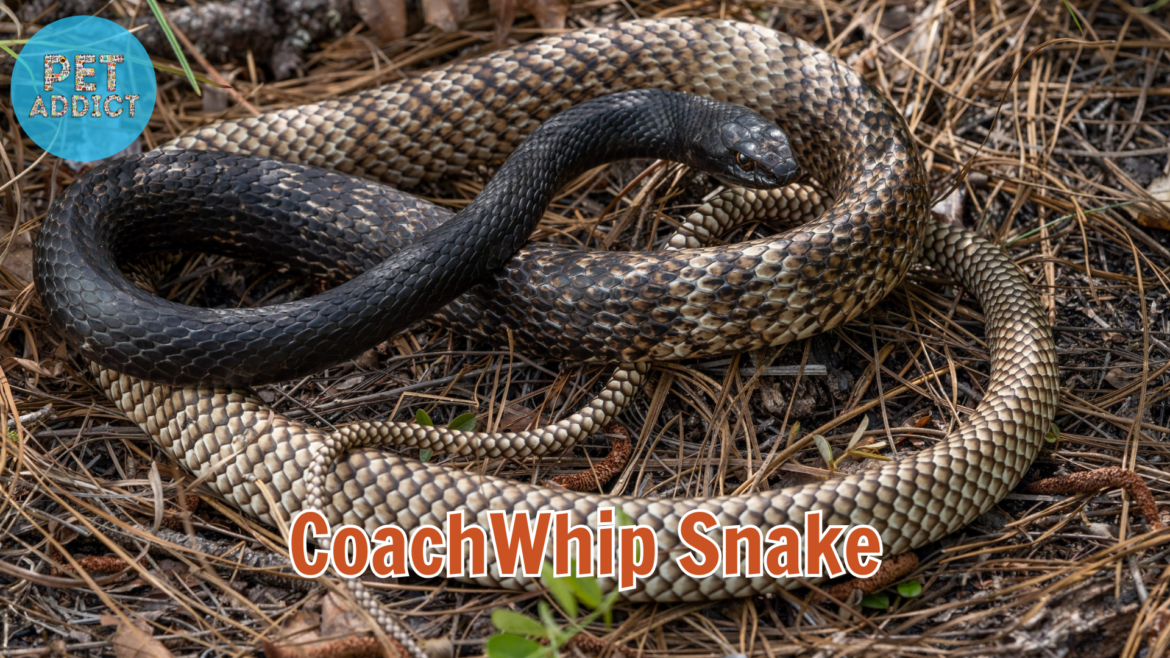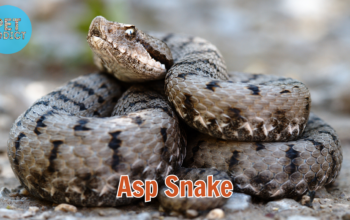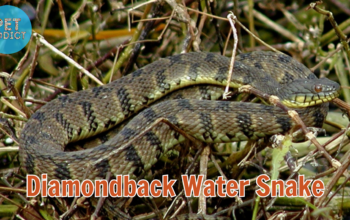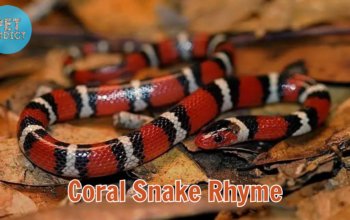The Coachwhip Snake, scientifically known as Masticophis flagellum, is a fascinating and enigmatic serpent species native to North and Central America. Renowned for its striking appearance, remarkable athleticism, and intriguing behaviors, the Coachwhip snake has captured the imagination of both naturalists and reptile enthusiasts. In this article, we will delve into the world of the Coachwhip snake, exploring its characteristics, habitat, behavior, and conservation status.
PetAddict.net – The best place where you can find everything about your pet!
Appearance
One of the most distinctive features of the Coachwhip snake is its elongated, slender body, which can reach lengths of up to 7 to 9 feet (2.1 to 2.7 meters). This snake’s slender build, combined with its graceful and rapid movements, makes it a remarkable sight in the wild. Its coloration varies significantly among subspecies and geographic regions but generally includes a mix of red, brown, and cream scales. The Coachwhip’s name is derived from its long, tapering tail, which resembles a braided leather whip.
Range and Habitat
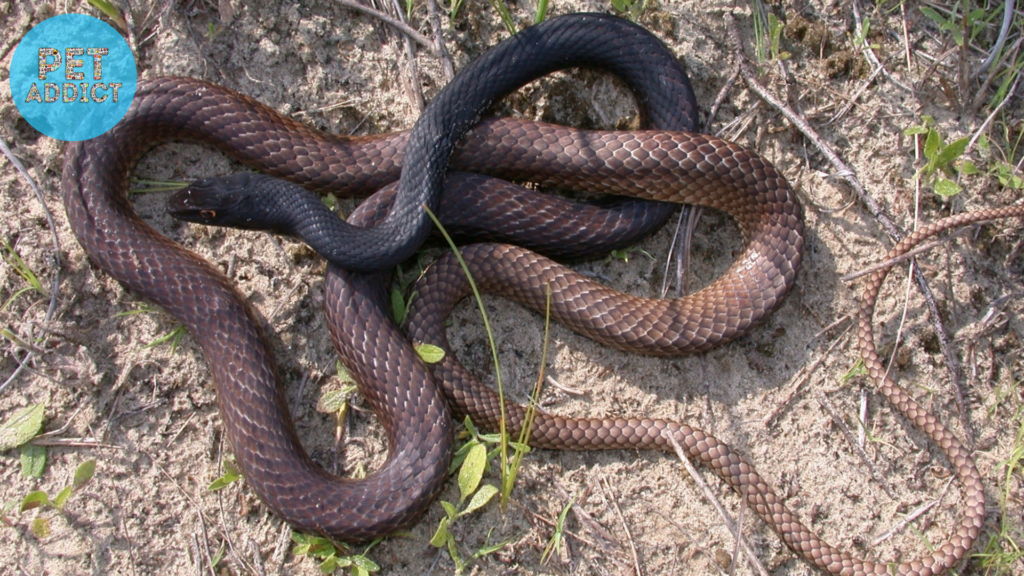
Coachwhip snakes are found across a wide range of habitats in North and Central America, from the southern United States down to Mexico, Guatemala, and parts of Honduras. They are particularly abundant in the southwestern United States and northern Mexico. Their adaptability allows them to thrive in various ecosystems, including deserts, grasslands, chaparral, and scrublands. Coachwhip snakes are especially fond of sandy soils and open areas, which provide them with ample opportunities to hunt for prey.
Behavior
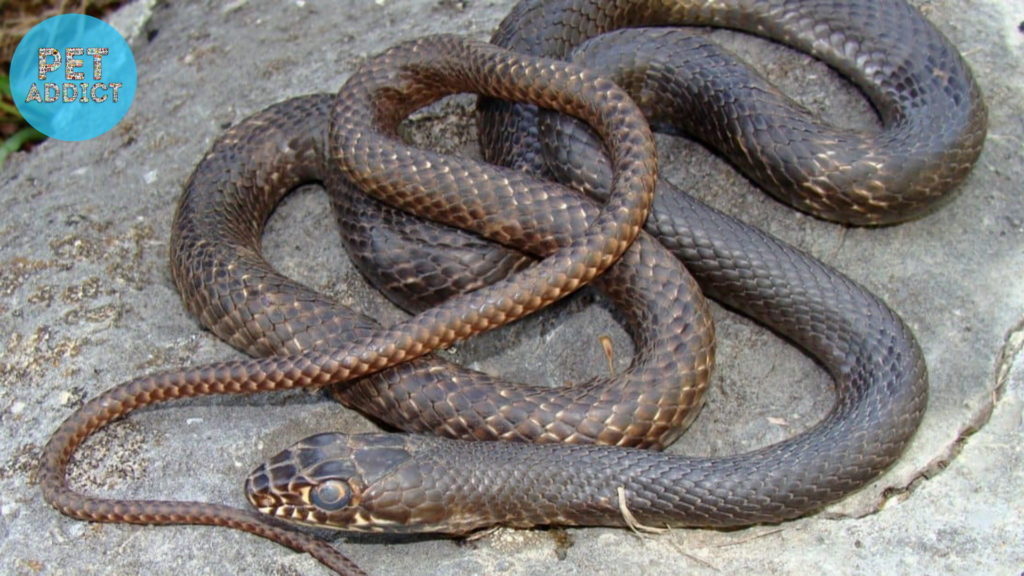
- Diet: Coachwhip snakes are diurnal hunters, meaning they are active during the day. Their diet primarily consists of rodents, lizards, birds, and occasionally, other snakes. These agile predators use their excellent eyesight to locate and capture their prey.
- Speed and Agility: Coachwhip snakes are known for their exceptional speed and agility. They are capable of moving quickly across the ground, and their name is a testament to their ability to move like a whip. When threatened, they may also strike defensively, often feigning multiple strikes in succession.
- Defense Mechanisms: When confronted by potential threats, Coachwhip snakes employ a variety of defense mechanisms. Their first line of defense is usually flight, as they prefer to escape rather than engage in confrontation. If cornered, they may hiss loudly, strike, or vibrate their tails in dry leaves to mimic the sound of a rattlesnake, further deterring potential predators.
Reproduction

Coachwhip snakes are oviparous, meaning they lay eggs rather than give birth to live young. Mating typically occurs in the spring, and females lay their eggs in concealed nests, often in sandy soil. After incubating for several weeks, the eggs hatch and the juvenile snakes emerge, resembling miniature versions of the adults.
Conservation Status
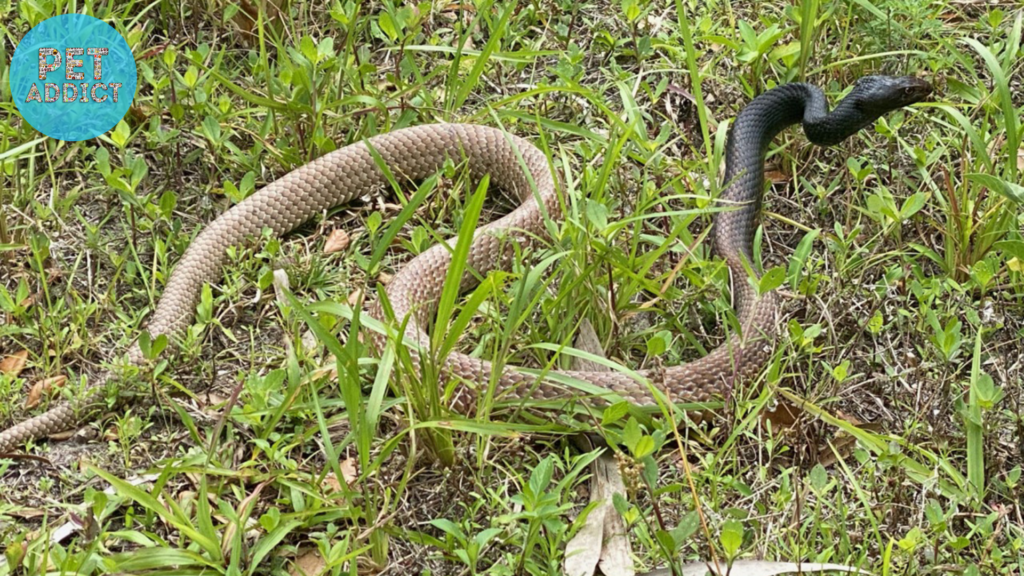
The Coachwhip snake, while not currently considered endangered, faces several conservation challenges. Habitat destruction due to urban development and agriculture poses a significant threat to their populations. Additionally, they are sometimes killed by humans out of fear or misunderstanding, even though they are non-venomous and provide valuable pest control by preying on rodents.
Efforts to protect Coachwhip snakes include preserving their natural habitats and educating the public about their importance in local ecosystems. It is essential to understand and appreciate these snakes for their role in maintaining a balanced ecosystem.
Conclusion
The Coachwhip snake is a remarkable and adaptable reptile that contributes to the biodiversity of North and Central America. With its striking appearance, incredible speed, and unique behaviors, it continues to captivate the curiosity of those who encounter it. As responsible stewards of our environment, we must strive to coexist peacefully with these fascinating creatures and protect their natural habitats for generations to come.

